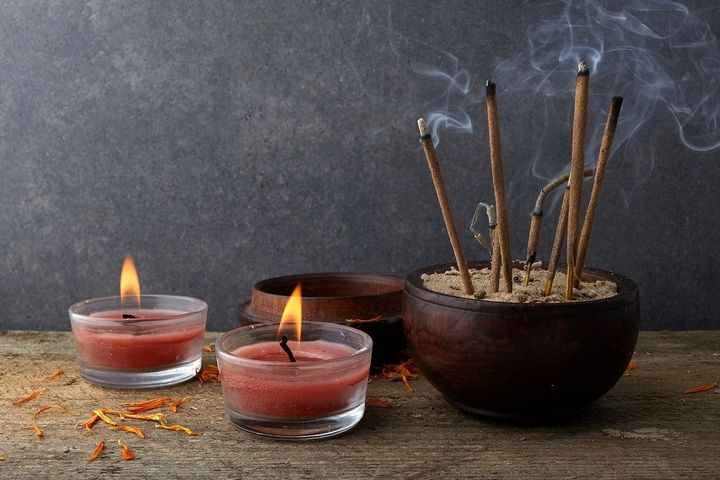Burning incense is becoming more and more popular as people are looking for ways to make their homes more pleasant and to reconnect with spiritual purposes. All forms of incense, including incense sticks, cones, and powders, are flying off the shelves.
Many people are starting to get into incense without knowing a lot about its history, creation process, and spiritual purpose. Incense is something that can be good for everyone, but knowing more about this substance can make your experience lighting incense even richer. Here are some facts about incense you may not have known.
1. Incense Has Been Around for Thousands of Years
The history of incense dates back millennia and was part of most of the biggest civilizations that marched across this planet. Ancient Egyptians used incense for a variety of purposes, including rituals, anointments, and even to deter pests and bad smells. The Ancient Greeks and Romans also loved incense, but their introduction to the practice came from an even older civilization—the Babylonians.
Incense was not just confined to the ancient Mediterranean. References to incense are found in the Vedas, texts of the ancient Indians, and in remains from Neolithic China. It spread as far east as Japan.
2. Incense Has Important Spiritual Meanings
The prevalence of incense across much of the world brought with it did not come without separate significance. Almost everywhere, incense has a strong spiritual tradition. In China and other parts of East and Southeast Asia, incense is lit at the altars of ancestors to show respect. The smoke is believed to be the link between this world and the spiritual world.
Incense is also used in many ceremonies in Hinduism. Incense is mentioned repeatedly in the Bible and is still an important part of Christian and Jewish rituals.
3. Incense Is Made of Natural Materials
One reason why incense is so popular today is that it is a natural way of perfuming your home and engaging in spiritual rituals without using harmful chemicals whose origins you don’t know. To this day, incense comes from natural materials.
The fragrant part of incense is usually made of naturally fragrant materials such as cinnamon bark, musk, or sandalwood. While modern forms of incense use some artificial materials, traditional incense sticks are made out of all-natural bamboo.
4. Some Forms of Incense Can Repel Mosquitos
Besides making your home smell nice and assisting with your spiritual practice, incense can have a more practical purpose around the home. Some forms of incense can actually repel pests, such as mosquitos. In Zen Buddhism, incense is actually incorporated into the practice for this reason to avoid distracting the practitioner.
When looking for incense specifically for its mosquito-repelling properties, look for scents that are naturally repellent to mosquitos, such as lemongrass and citronella. Today, incense coils are the most commonly used forms of incense for pest control purposes.
5. Incense Might Have Healing Properties
Many people around the world believe to this day that incense has healing properties. For example, in Tibet, lighting incense is often an important part of Ayurvedic healing ceremonies widely practiced to this day. Other people cite the important spiritually healing nature of meditating along with the soothing scent of incense.
Modern studies show that there might be some scientific merit to this idea. In initial studies, scientists used frankincense and myrrh around mice and found that the mice had less depression and experienced anti-inflammatory effects. While more research is needed, adding incense to your healing practice certainly won’t hurt.
The ancient art of incense survives to this day due to its beauty and spiritual significance.

